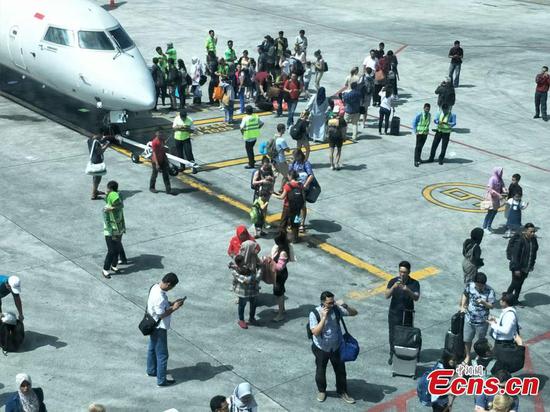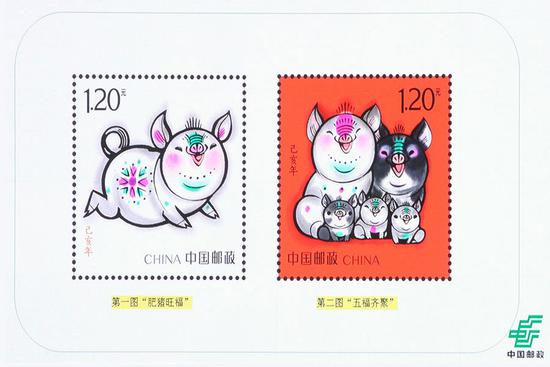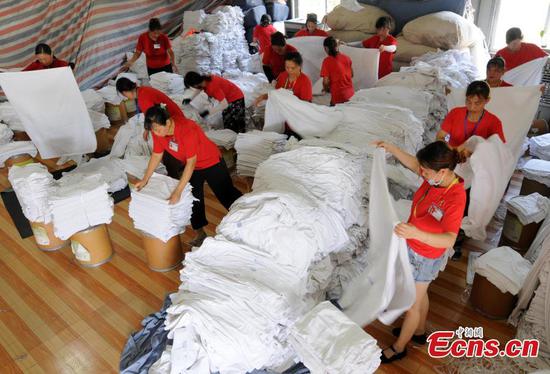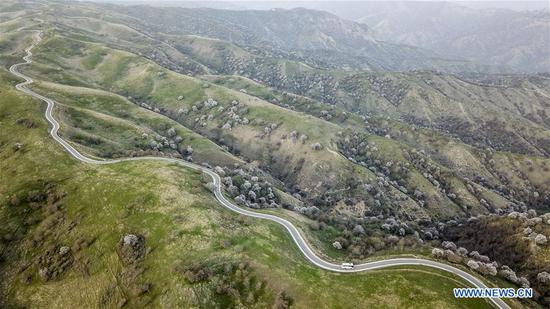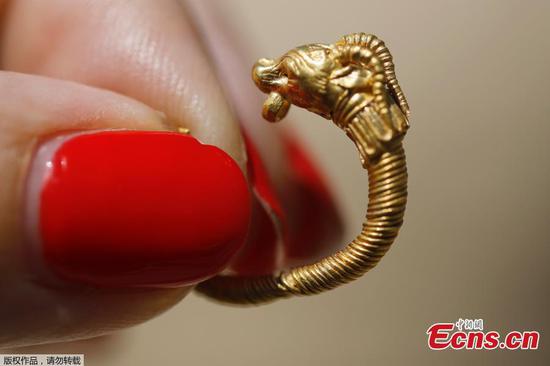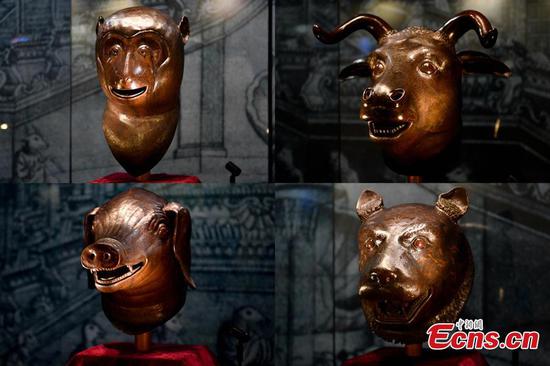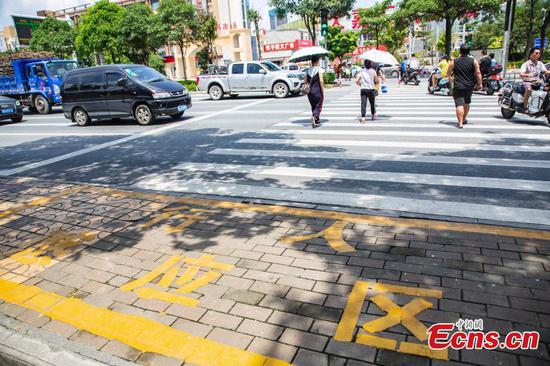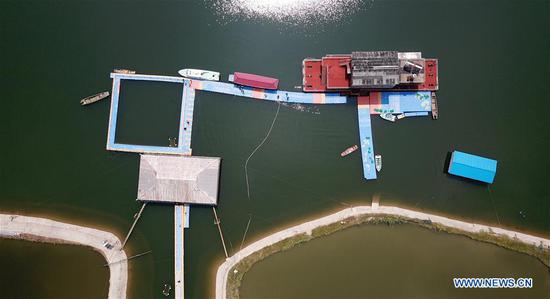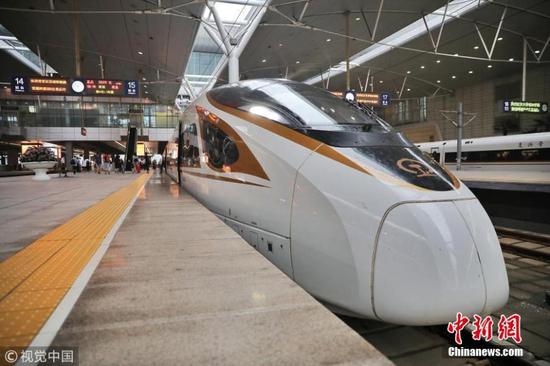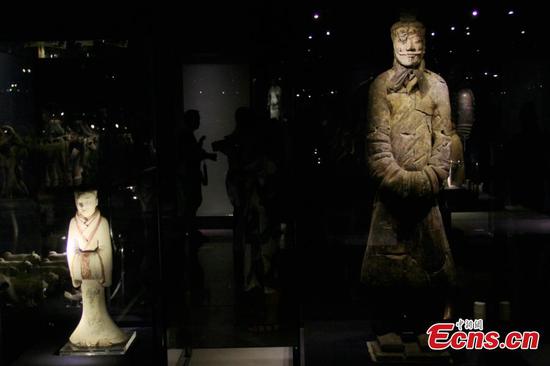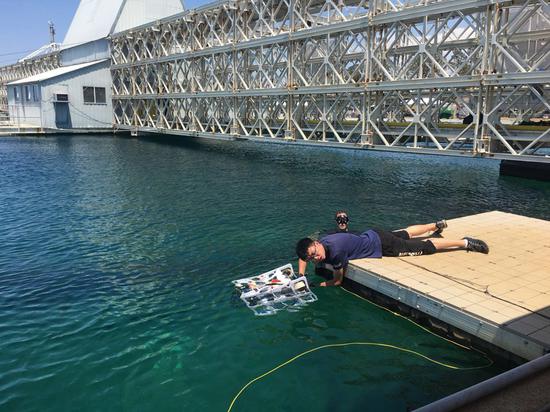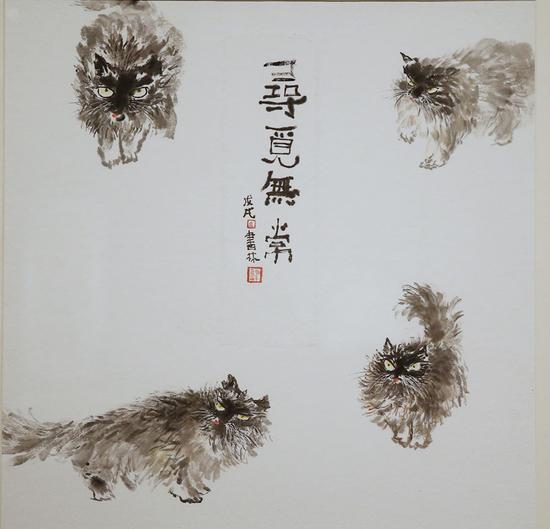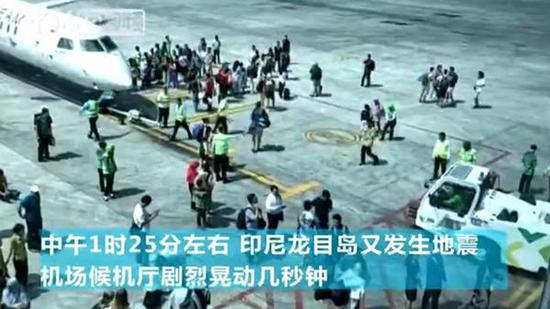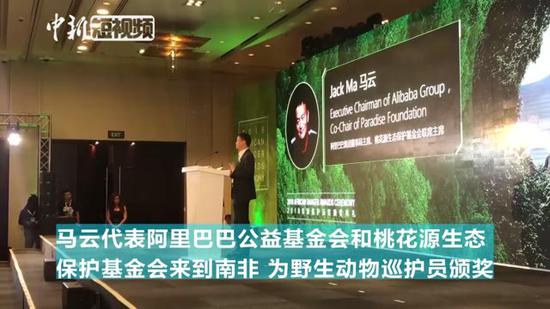The ship is the Peak Pegasus, a 750-foot-long bulk carrier weighing 43,000 tons. For the last month it has been making circles off the coast of China because of its cargo: 70 tons of American soybeans said to be worth $20 million.
And they are costly circles. The Amsterdam-based company that owns the cargo is thought to be paying about $12,500 a day to continue chartering the ship, which is circling in the Yellow Sea off the coast of the port city of Dalian. The costs so far are more than $400,000, according to The Guardian newspaper.
And while the ship sails to nowhere, it and its cargo have become a symbol - and casualty - of the trade war between China and the US.
The ship left the port of Seattle with its cargo on June 8 for the monthlong voyage to the northeastern Chinese city of Dalian where the soybeans were to be unloaded on July 6, shortly after US President Donald Trump imposed a first round of tariffs on $34 billion worth of Chinese goods.
The ship rushed to dock in China before Beijing imposed retaliatory tariffs in the same amount. But it didn't make it, reportedly arriving about five hours after the tariffs were imposed.
The ship has been off the coast of Dalian ever since and is now drifting in circles at a speed of 0.1 knots while the cargo's owners, said by the Guardian to be the agricultural commodity trading house Louis Dreyfus, decide what to do next.
The Guardian said it has asked Louis Dreyfus for comment, and that JP Morgan Asset Management, which owns the ship, declined to comment.
Commodities experts told the Guardian it could make financial sense to keep the beans at sea, potentially for months, given the risk of making the wrong decision about what to do.
Offloading them in China would incur a 25 percent tariff, adding around $6 million to the cost of bringing them into the country, the newspaper said.
"They [the cargo's owners] have clearly got in mind the 25% tariff to take the goods into China and they'll be weighing that against alternative buyers asking for a massive discount potentially equivalent to that," Michael Magdovitz, an analyst at Rabobank, told the Guardian. "They'd also have to pay an exorbitant price to divert the vessel from China to another destination."
He said that one factor complicating the fate of the soybeans is uncertainty about the length of time that China can realistically switch to Brazilian soybeans as an alternative.
"The problem for the Chinese is that Brazil quickly runs out of soybeans around this time of year," said Magdovitz. "It can't be the only source for China."
He said the Peak Pegasus could be waiting in the hope that China decides to subsidize soybean importers. That could allow the resumption of US soybean trade worth $12.7 billion a year.
Meanwhile, the Peak Pegasus isn't alone in the Yellow Sea. Another ship, the Star Jennifer, has also been idling offshore and with the same cargo - but for only two weeks.




















